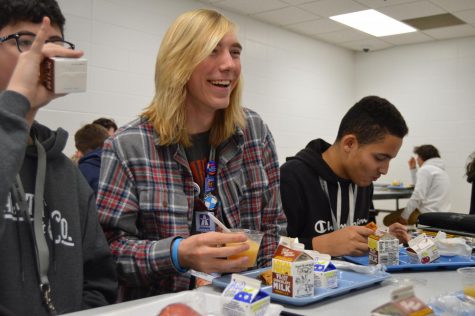Seniors dominate club leadership
Green lanyards. Lots and lots of bright, neon green lanyards. These polyester chains often choke the vision of students participating in clubs. While this occasionally puts them in odd positions, senior leadership within clubs is not a recent development.
“It’s always going to happen—you’re going to have lots of senior leadership,” Creative Writing Club sponsor Jacqui Sheehan states. “It just so happens that there aren’t a ton of leaders in training because the seniors fill all the spots.”
Seniors “filling all the spots” is not unexpected, considering 19 of the club’s 35 members are seniors.
FEST, for example, was fully written and directed by seniors this year. Next year’s FEST will be completely written and directed by new people, whereas writers and directors generally overlapped partially in previous years.
“There’s quite a big number of sophomores and juniors who are very devoted,” Sheehan says. “They will become the leadership.”
A theory Sheehan touched upon was that underclassmen occasionally avoid leadership roles because they either do not believe they can fill the shoes before them or that they are ready to lead. Sheehan dismisses those fears, claiming, “they are.”
Other extracurriculars, such as Academic Team and Environmental Club, are largely populated by seniors, as well.
Of Environmental Club’s 70 members, 29 are seniors, with the next highest class, juniors, contributing 16. That makes the club’s membership 41% seniors. Both the president and vice president are seniors, and one of the current two officers is a senior.
Academic Team has 13 members, 7 of whom are seniors. Although it is a small sample, that makes Academic Team 54% senior in membership.
There is not much about these clubs making them more attractive to seniors, so the circumstance begs the question: Why do seniors dominate their membership?
Sheehan speculated that some seniors join extracurricular activities their last year just to try them before they leave, mentioning a few who joined in that manner. Besides that, age could be a factor. Seniors often have driver licenses or friends with them and thus can get home from school more freely than students without them.
No matter the reason, senior membership elicits lots of recruiting.
“If underclassmen don’t join, or if current underclassmen members don’t pull in other people, [CWC] could dwindle into oblivion,” Sheehan joked.



